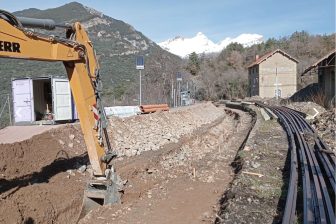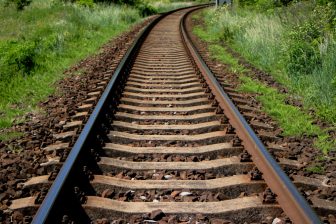
“Greater interest in rail travel, but obstacles in cross-border travel remain”
EU transport ministers in Prague Czech transport ministry
The transport ministers of the EU countries talked about the development of high-speed rail lines in different parts of Europe at an informal meeting in Prague on Friday. Currently having the presidency of the Council of the European Union, the Czech Republic has major plans for high-speed rail, and the European network will likely extend more to Eastern Europe in the future, which also Poland and Hungary advocate.
Want to read more?
You have read all of your free premium articles for this month. Please become a subscriber to keep reading.
Subscribe now!
Take advantage of our exclusive offer to get full access to all premium content.



